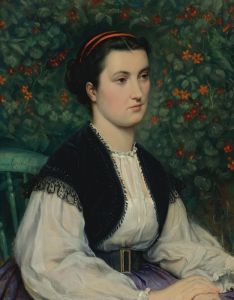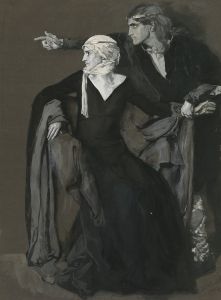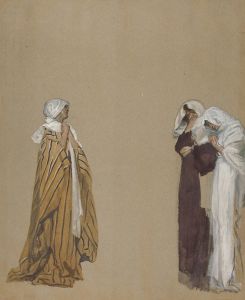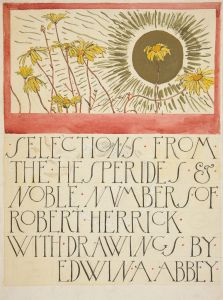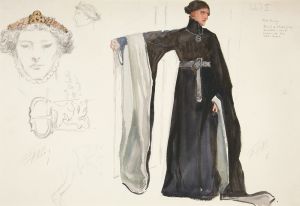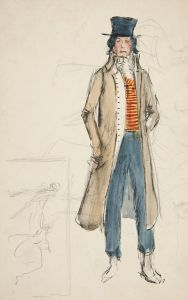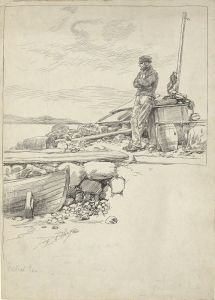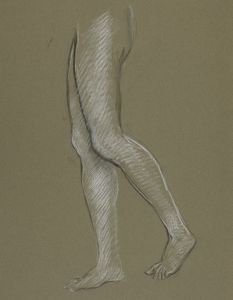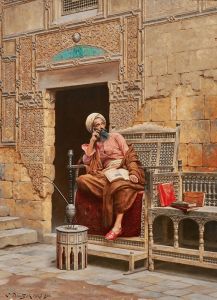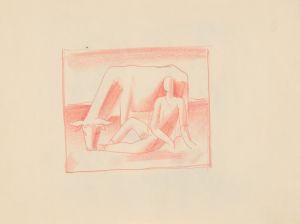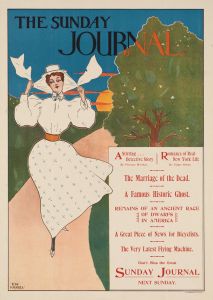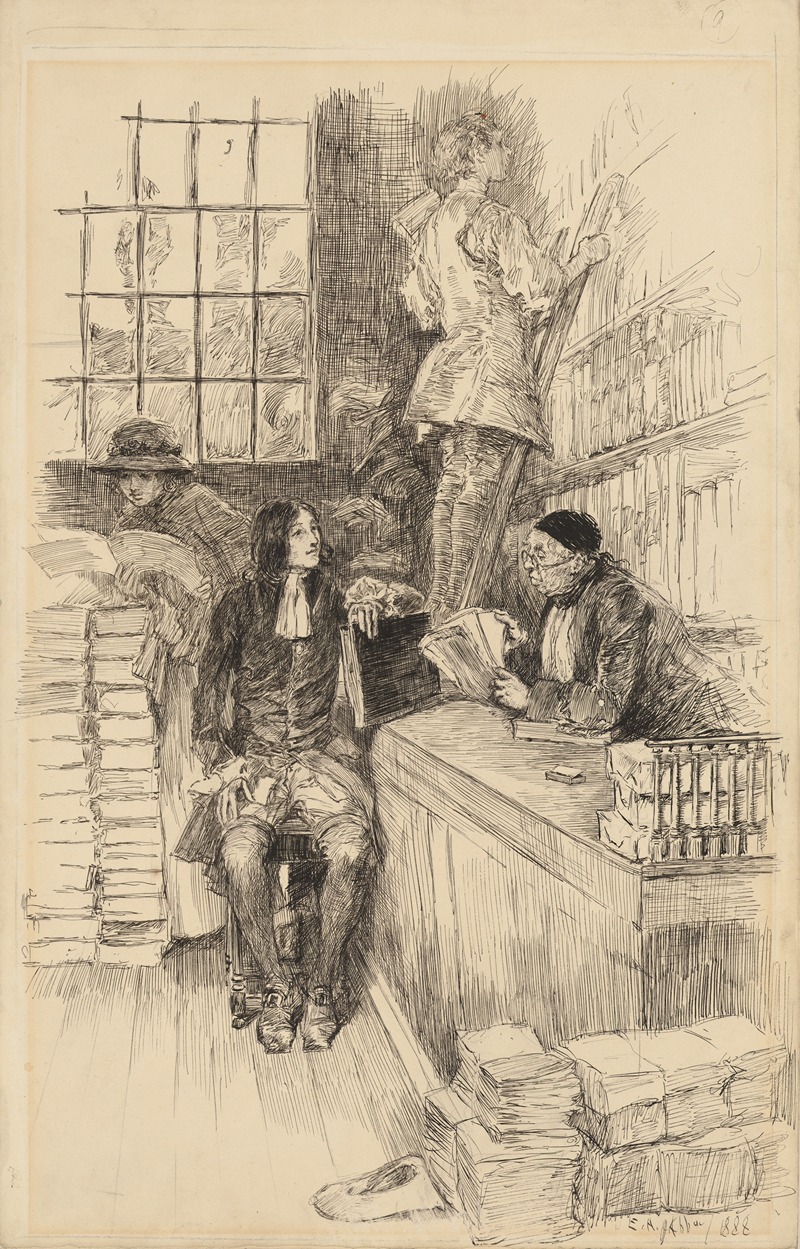
‘He went to Tonson,’ illustration to ‘The Noble Patron’
A hand-painted replica of Edwin Austin Abbey’s masterpiece ‘He went to Tonson,’ illustration to ‘The Noble Patron’, meticulously crafted by professional artists to capture the true essence of the original. Each piece is created with museum-quality canvas and rare mineral pigments, carefully painted by experienced artists with delicate brushstrokes and rich, layered colors to perfectly recreate the texture of the original artwork. Unlike machine-printed reproductions, this hand-painted version brings the painting to life, infused with the artist’s emotions and skill in every stroke. Whether for personal collection or home decoration, it instantly elevates the artistic atmosphere of any space.
"He went to Tonson," illustration to "The Noble Patron" by Edwin Austin Abbey is a notable work of art created by the American artist Edwin Austin Abbey. Abbey, born in 1852 in Philadelphia, Pennsylvania, was a prominent illustrator and painter known for his detailed and historically accurate works. He gained significant recognition for his illustrations of literary works, particularly those of William Shakespeare and other classic authors.
The illustration "He went to Tonson" is part of a series created for "The Noble Patron," a literary piece that Abbey illustrated. The specific context of "The Noble Patron" and the narrative it follows are not widely documented, but Abbey's illustrations often accompanied stories or poems that were published in magazines or books during the late 19th and early 20th centuries.
Edwin Austin Abbey's career began in earnest when he started working for Harper's Weekly, a popular American magazine, in the 1870s. His talent for capturing the essence of literary scenes quickly made him a sought-after illustrator. Abbey's work is characterized by its meticulous attention to detail, historical accuracy, and the ability to convey the mood and atmosphere of the scenes he depicted.
In "He went to Tonson," Abbey employs his signature style, which includes precise line work and a keen eye for period-specific details. The illustration likely depicts a scene involving Jacob Tonson, a well-known publisher and bookseller in London during the late 17th and early 18th centuries. Tonson was a significant figure in the literary world of his time, known for his association with the Kit-Cat Club, a group of influential writers, artists, and politicians.
Abbey's illustration would have been created using traditional methods of the time, such as pen and ink, and possibly watercolor. His ability to bring literary characters and historical figures to life through his art made him a favorite among readers and publishers alike.
Throughout his career, Abbey continued to produce illustrations for various literary works, and he eventually moved to England, where he became a member of the Royal Academy of Arts. His contributions to the field of illustration and painting were widely recognized, and he was commissioned to create murals and other large-scale works, including the famous murals in the Boston Public Library.
Edwin Austin Abbey's legacy as an illustrator and painter remains significant, and his works continue to be appreciated for their artistic merit and historical value. "He went to Tonson," as part of his broader body of work, exemplifies his skill in bringing literary and historical scenes to life with accuracy and artistic flair.





